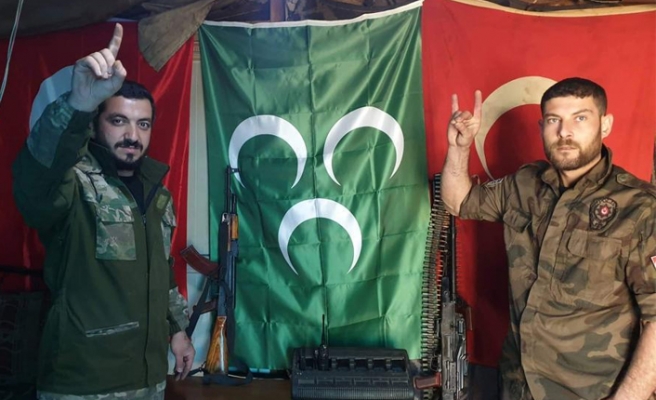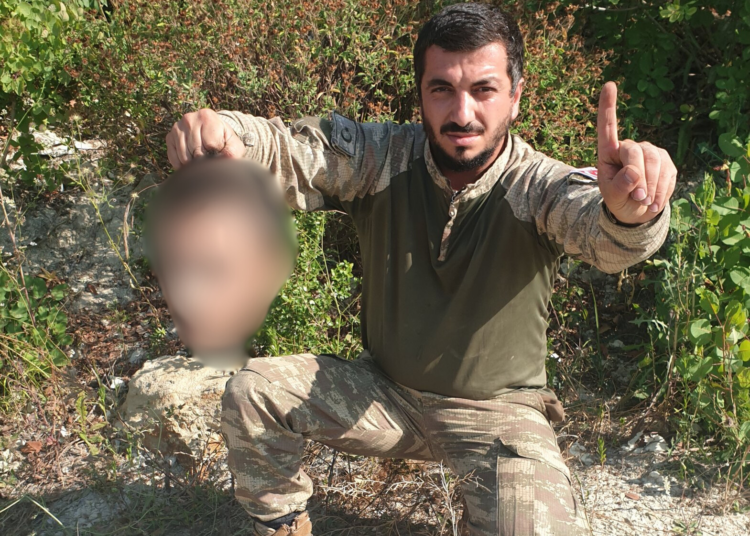Levent Kenez/Stockholm
A Turkish Islamist militant, previously an official in the youth branch of Turkey’s ruling Justice and Development Party (AKP), was recently seen in uniform entering the Syrian city of Latakia on December 9 as part of a jihadist group. The individual, Emrah Çelik (born April 5, 1987), who had previously appeared in a video holding a decapitated head, had earlier joined the jihadist cause in Syria.
Footage of Çelik, shared on the “Bayırbucak Türkmendagı” Facebook account, showed him leading fellow militants into Latakia. The post, accompanied by a video filmed by Çelik himself, included the caption, “The entry of the Turkmen Mountain Mujahideen to Latakia was met with enthusiasm by the public.” Çelik had previously been a member of the AKP youth branch in the Kapaklı district of Tekirdag province in northwestern Turkey.
Opposition groups in Syria, led by Hay’at Tahrir al-Sham, launched an offensive on November 27 from Idlib in the northwest. They captured several Syrian cities, ultimately seizing Damascus on December 8, forcing President Bashar al-Assad to flee the country. A video shot by Çelik confirmed that jihadist Turkmen groups also participated in the offensive.
Nordic Monitor reviewed the images shared by historian and researcher Ayşe Hür on X and identified the individual as Çelik.
On December 9 Emrah Çelik, in a video he filmed himself, is seen entering the city of Latakia, Syria, alongside fighters. The video was published on Facebook:
Nordic Monitor had previously identified Çelik as an al-Qaeda militant. He was seen posing in both a video and still shots while holding a severed head. The recording shows him saying that the victory belongs to Islamist jihadists and that whoever takes on Islam’s soldiers would share the same fate as the owner of severed head, a soldier in the Syrian regime forces, according to him. In the end he says victory belongs to Islam while raising a single index finger, similar to a gesture used by militants of the Islamic State in Iraq and the Levant (ISIL).
Çelik served as deputy chairman of the AKP youth branch in a district located on the European side of Turkey before joining jihadist groups fighting in the Turkmen area of northern Syria on October 10, 2015. He is originally from the eastern province Erzincan but maintains a residence in Tekirdag. Supreme Court of Appeals Chief Prosecutor’s Office records show he is still a member of the AKP.
According to his own statement Çelik served in the 2nd Coastal Division stationed in the Turkmen mountains and served under the command of Bashar Molla. The division is the main Turkmen rebel group operating in the Latakia Governorate and gained notoriety when they killed a Russian SU-24 fighter jet pilot who was ejected from his aircraft when it was shot down by Turkey on the Syrian border on November 24, 2015. In his statement Çelik said two choppers were deployed by Russia within 10 minutes of the downing of the plane to rescue the pilots but that it was too late as the division had already captured them.
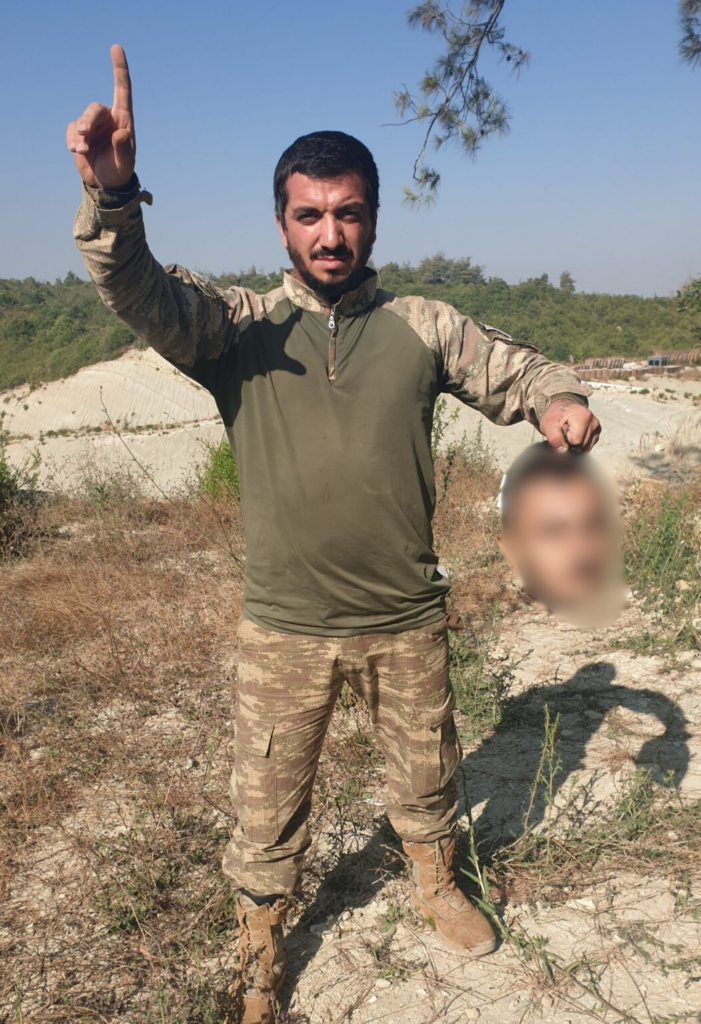
It appears he had been traveling back and forth to Syria with no problems at the border since the Turkmen division was armed, trained and supported by Turkey. During one of his visits to Turkey he gave an interview to a local newspaper in his hometown on November 18, 2018 and described Turkish President Recep Tayyip Erdogan as a leader who fights for the Islamic cause. “Whoever is a friend to our President Erdogan is a friend of ours, and whoever is an enemy of his is also enemy of ours,” he said, in an oblique reference to his hostility towards the Gülen movement, an outspoken critic of the Erdogan regime for its aiding and arming jihadist groups in Syria. “We are ready to die for the cause of our president,” Çelik said, adding that he believed he had been fighting in Syria against all infidel states.
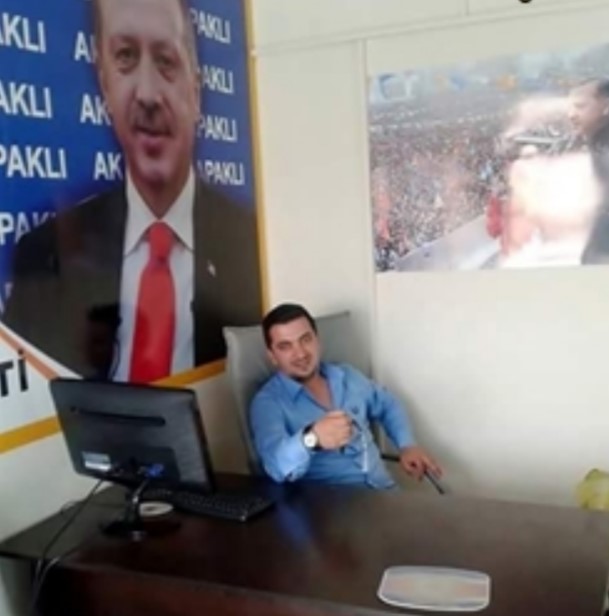
Çelik was photographed posing next to Turkey’s then-interior minister, Süleyman Soylu, as well as former parliament speaker Mustafa Şentop. When the pictures circulated on social media, he admitted that he was the man in the photo posing with Soylu and said he was very proud of it. In some pictures Çelik was also seen making the Rabia sign, a campaign symbol for President Erdogan, who borrowed the gesture from Egypt’s Muslim Brotherhood. He was claimed to be affiliated with the al-Nusra Front, although the claim was never verified. He and his comrades joined the Turkish military’s offensive in Syria along with Free Syrian Army fighters.
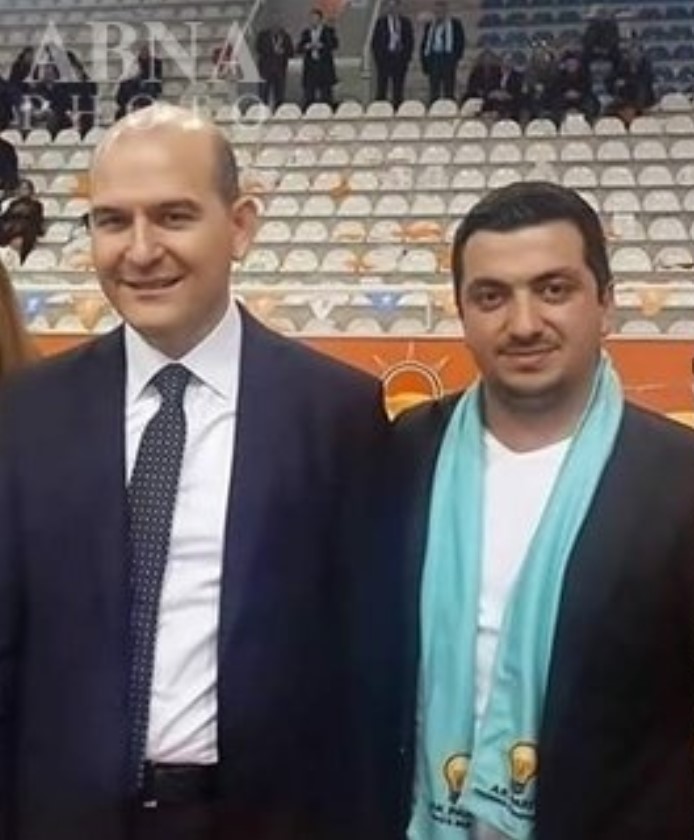
Çelik was one of the jihadists involved in operations facilitated by Turkish intelligence agency MİT (Milli İstihbarat Teşkilatı), which transported weapons and fighters from Syria. These operations allegedly supported a false flag coup attempt in 2016 aimed at bolstering Erdogan’s rule and enabling the consolidation of a more authoritarian, imperial-style governance in Turkey.
In an interview Çelik openly admitted that he and his jihadist associates were mobilized during the 2016 events. “On the night of July 15, we and our entire organization joined the armed campaign,” he said, acknowledging the entry to Turkey of al-Qaeda-affiliated groups from Syria to support Erdogan’s government on that critical night.
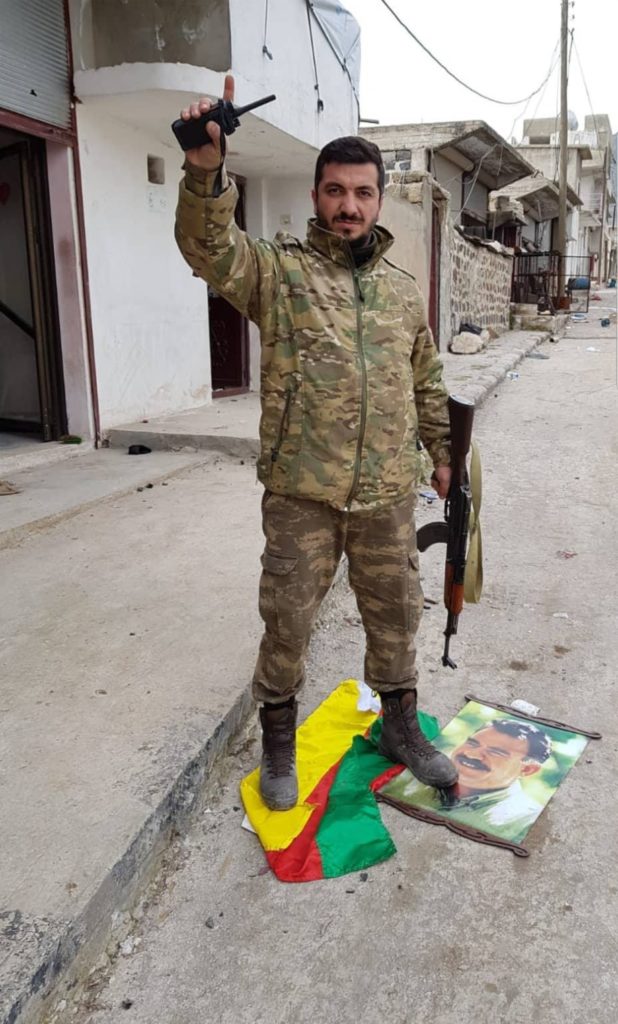
In Syria he was embedded with a unit led by,Alparslan Çelik, another Turkish militant and the alleged killer of one of the pilots of the downed Russian SU-24 jet who died in machine gun fire after ejecting from his plane. Alparslan defended the murder of the pilot in a video, saying he had dropped bombs on Turkmens and that retaliation was the right thing to do. Alparslan was charged with firearms violations in a gang-related crime in Turkey and sentenced to five years in May 2017.
Çelik most recently made headlines, on August 10, 2021, for threatening ultranationalist journalist Murat Agırel. In direct messages sent to Agırel on X, Çelik warned that he would settle scores with him when the time came, stressing that Agırel should not mistake him for somebody who makes empty threats.
